Non-destructive inspection of redundant flasks
Sellafield Ltd requires a precise understanding of the inventory on-site to support the clean-up and disposal of legacy materials. This includes a stock of over 200 flasks – large metal structures with thick walls that shield radiation. Flasks have been used widely across the Sellafield site to store and transport radioactive materials. The flasks vary significantly in dimensions, mass, age and radioactivity levels. Sellafield Ltd is looking for solutions that can verify the contents of each flask, including radiometric characterisation, without the flask being moved or damaged.
CHALLENGE AIMS
Sellafield is looking for a solution that can provide the following information without the flasks being moved or damaged. There are two aspects:
Identify the flask contents
(in order of priority)
- Identify the presence of any remaining spent fuel/fuel debris
- Identify the presence of any liquids/sludge
- Identify the presence of any other solids (i.e. flask furniture)
- Locate any solid, liquid or sludge within the flask
- Quantify any solid, liquid or sludge within the flask
Radiometric characterisation
(in order of priority)
- Estimate the maximum dose rate expected if the flask lid was opened (the maximum dose rate criterion for R3 areas would normally be 100 μSv/h beta gamma)
- Have limits of detection that enable the measurement of the internal loose surface contamination down to 40.0 Bq/cm² α or 400 Bq/cm2 β, and the airborne contamination down to 1.0 DAC (Derived Airbourne Concentration)
- Confirm that the radioactive fingerprint is credible (if it aligns to a known fingerprint)
- Determine total activity in Bq and specific activity in Bq/g (where the mass of the flask is known)
- Indicate location of hotspots of radiation and contamination
- Provide information on whether contamination is airborne, on the surface, or has penetrated the material
This is a complex challenge and Sellafield Ltd is interested in technologies that provide either whole or partial solutions. In addition, it is key that any proposed solutions:
- Are suitable for use with a wide variety of flask types, and not be limited to specific dimensions, materials or conditions
- Work in situ, without the flask being moved
- Work inside buildings or outside in the open
- Are transportable in a lift approximately 1200 x 1000mm, with a 2.5Te weight limit
- Only act on the outside of the flasks, which must not be opened during the inspection
The buildings that currently store some of the flasks are due to be demolished in around 2 years. Sellafield Ltd is looking to support the development of a solution that can be used on-site within this timeframe.
FIND OUT MORE
Please download the challenge statement for full details of this opportunity.
You can watch a webinar and Q&A session with the challenge owners for more information and details of how to apply.
The deadline for applications for this challenge is 2pm on Monday 26th February 2024.

